Periodic Tenancies / Fixed Term Tenancies / Frequently Asked Questions
In Alberta, there is no legislative limit on how much a landlord can increase rent. However, a landlord can only increase rent one year from the start of the tenancy or the last rent increase — this rule applies to both periodic and fixed-term tenancies.
Rent Increases for Periodic Tenancies
If a tenant has a periodic tenancy, the landlord must give the tenant a signed written notice of the increase. The notice must state the date of the increase, plus signed and dated by the landlord or landlord’s agent.
For monthly periodic tenancies, the landlord must give the tenant at least 3 tenancy months notice of the increase. So, to increase rent on November 1, the landlord must serve notice on or before July 31.
For weekly periodic tenancies, the landlord must give the tenant at least 12 tenancy weeks notice of the increase. For example, the rental week runs from Monday to Sunday and the landlord wants to increase rent on Monday, November 1. So, the landlord must serve the notice before Monday, August 9.
For any other length of periodic tenancy, the landlord must give at least 90 days notice.
Like fixed term tenancies, a landlord can only increase rent if one year (365 days) has passed since the tenant moved in or since the last rent increase.
Rent Increases for Fixed Term Tenancies
With a fixed term tenancy, the landlord does not have to give written notice of an increase. However, it is a very good idea for the landlord to let the tenant know of the increase ahead of time. There are rules that a landlord must follow to increase rent during a fixed term tenancy:
- A landlord can only increase rent if one year (365 days) has passed since the tenant moved in or since the last rent increase.
- The landlord cannot increase the rent midway through a fixed term lease agreement. The landlord has to wait until the fixed-term agreement is over. For example, a tenant signs a six month lease and then signs a one year lease. The landlord must wait until the one year lease is over before increasing rent. This is so even though the 365th day falls halfway through the one year lease. So, the landlord must wait until that lease is over before raising rent.
Further examples of when a landlord can increase rent in a fixed term tenancy:
- If there is a one year fixed term lease agreement in place (called “Lease 1”), the landlord must wait until 365 days have passed since the tenant moved in to increase the rent. This means that if the tenant and landlord enter into another fixed term tenancy (“Lease 2”), after Lease 1 is up, then the landlord can increase the rent that is payable under Lease 2, because 365 days have passed since the tenant moved in.
- If there is a 6 month lease in place (“Lease A”), and the landlord and tenant agree to enter into another 6 month lease (“Lease B”), the landlord cannot increase the rent payable under Lease B, because 365 days have not passed since the tenant moved in (only 6 months have passed since the tenant moved in).

